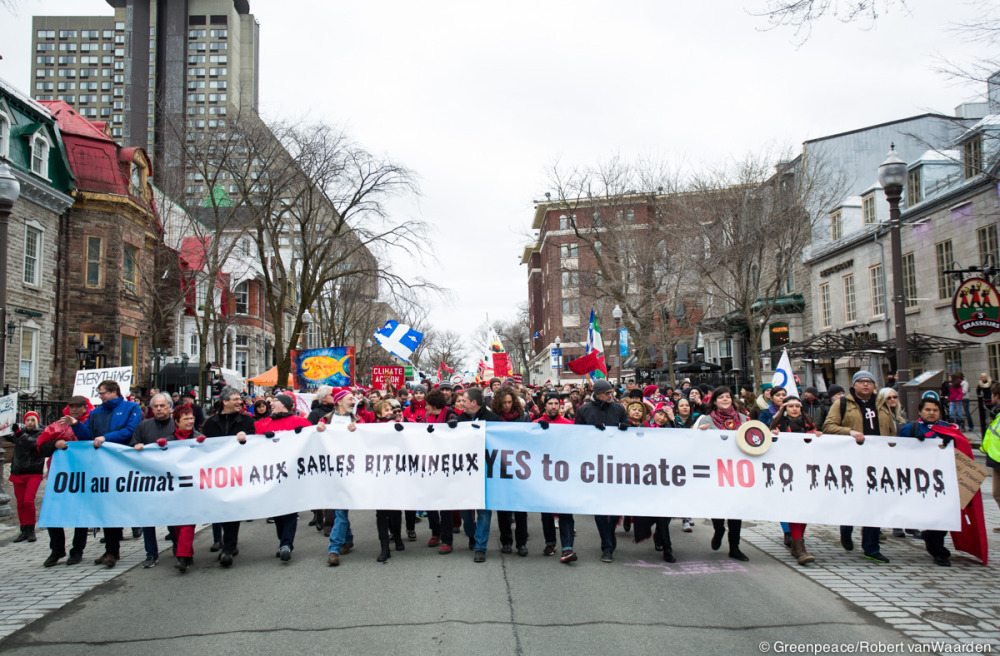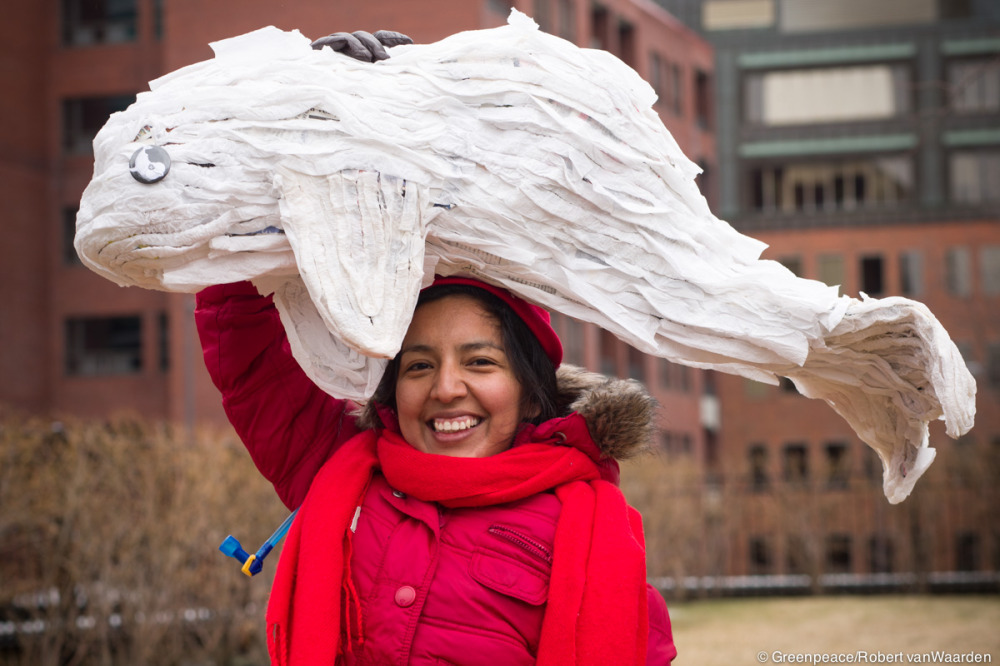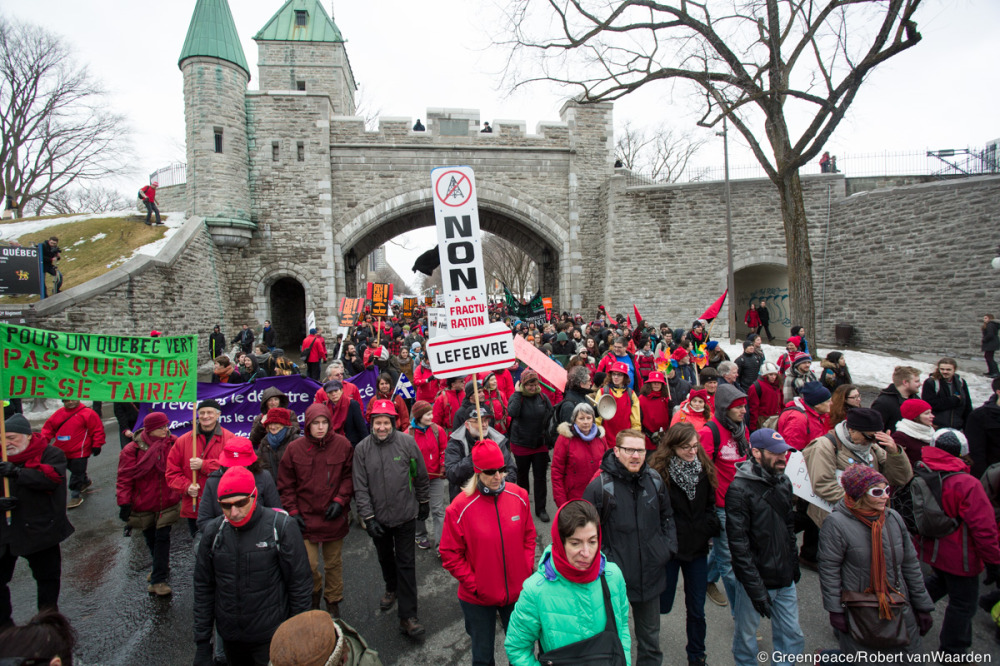“Just seeing the future for us and knowing that they [our parents] wanted a better future for us,  I have the same feeling for, not myself, but the kids and for my relatives and that something better will be in the future for them, that keeps me going. Knowing that we have succeeded in one step and maybe we can continue on and see a better future for all of us.
I have the same feeling for, not myself, but the kids and for my relatives and that something better will be in the future for them, that keeps me going. Knowing that we have succeeded in one step and maybe we can continue on and see a better future for all of us.
[One of] the other things that keeps me going is knowing that one of my great aunts and my great uncles [had] respiratory problems. Their breath was taken away slowly inch by inch, feeling like they were being suffocated. When they died, thinking about them and thinking that how much better it would be for the rest of the people here. I don’t want them to die that way anymore, I want them to be able to breathe.” Fern Benally, Navajo Activist.
Shadia Fayne Wood from Project Survival Media and I just finished an assignment in Arizona, covering an incredible group of activists that are working hard to stop dirty energy on the Navajo Reservation and pushing the envelope on clean energy development. We are focusing on the closing of one of the coal mines in the area, the tactics that were used and what this means to the people affected by the closure.
 The former coalmine is in the Benally’s backyard, land that has been the families for thousands of years. For the last 30 years, 24 hours a day, the large coal trucks would rumble by the house and the coal crusher would drown out nature. Now, thanks to incredible co-operation and dedication amongst groups like the Black Mesa Water Coalition, Grand Canyon Trust and the Sierra Club, the life of mine permit was revoked in January. Now, the Benally’s can hear the birds sing and watch the stars like their ancestors did long before Europeans came here.
The former coalmine is in the Benally’s backyard, land that has been the families for thousands of years. For the last 30 years, 24 hours a day, the large coal trucks would rumble by the house and the coal crusher would drown out nature. Now, thanks to incredible co-operation and dedication amongst groups like the Black Mesa Water Coalition, Grand Canyon Trust and the Sierra Club, the life of mine permit was revoked in January. Now, the Benally’s can hear the birds sing and watch the stars like their ancestors did long before Europeans came here.
There are still many examples of environmental racism here in Arizona and across our planet. But, it is important to celebrate victories and share the knowledge so that we can all move towards a sustainable future. More to come on this project in the future.
[photoshelter-gallery g_id=”G0000O4bGzYj6iOI” g_name=”Coal-on-the-Black-Mesa” f_show_caption=”t” f_show_slidenum=”t” img_title=”f” pho_credit=”iptc” f_link=”t” f_send_to_friend_btn=”t” f_bbar=”t” f_htmllinks=”t” f_mtrx=”t” fsvis=”f” width=”950″ height=”712″ f_constrain=”t” bgcolor=”#ffffff” btype=”new” bcolor=”#878787″ crop=”t” twoup=”t” trans=”xfade” tbs=”5000″ f_ap=”t” bgtrans=”f” linkdest=”c” f_fullscreen=”f” f_topbar=”f” f_bbarbig=”” f_enable_embed_btn=”f” f_show_watermark=”f” f_smooth=”f” f_up=”f” target=”_self” wmds=”llQ6QNgpeC.p1Ucz7U.f2Jbotli1c3nSx.HFLbohZ2teG5S9K45pV8LXe.pZ9_aPriXp8A–” ]






